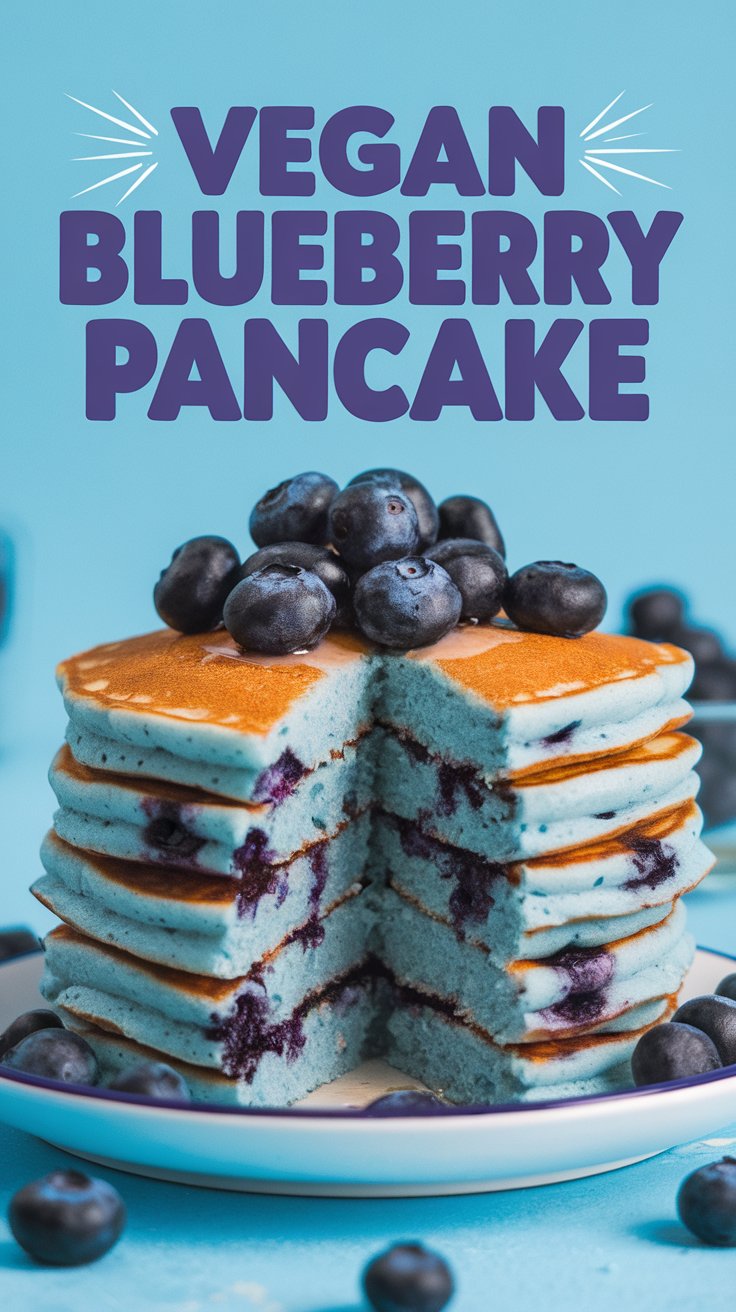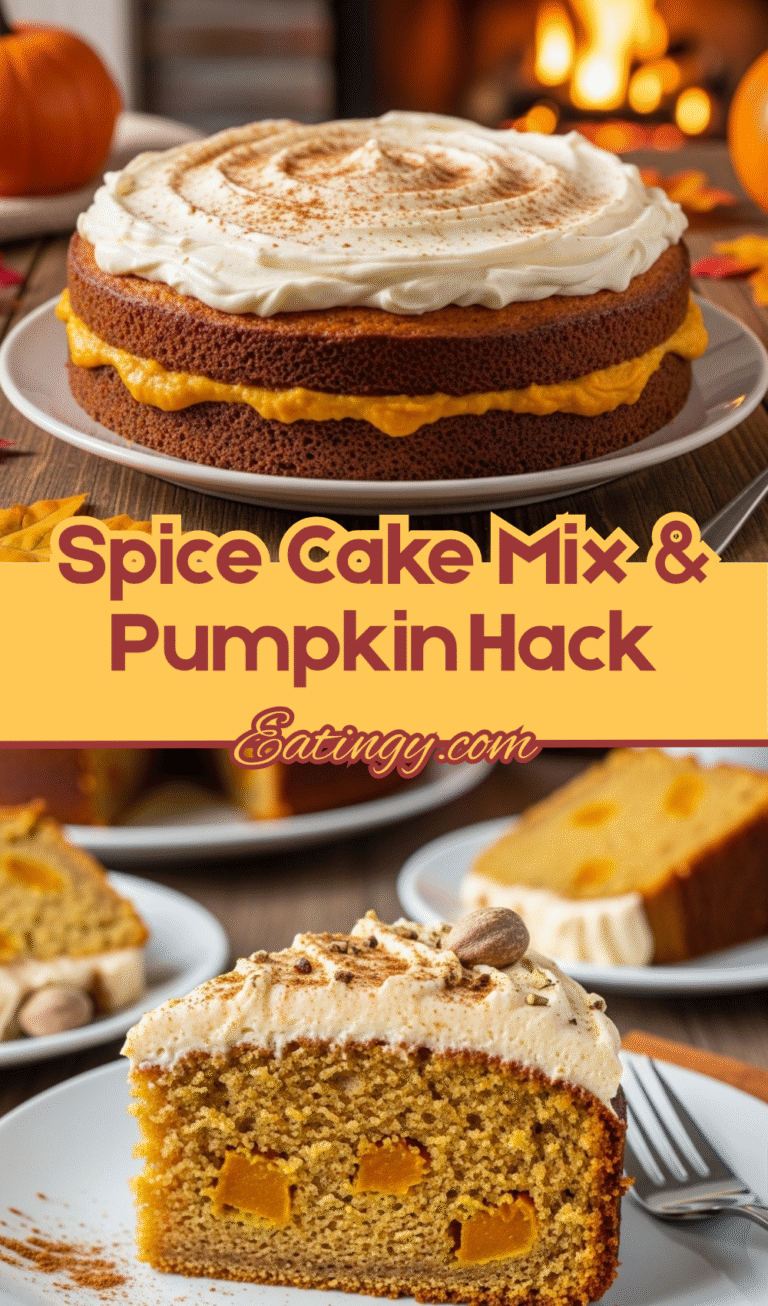Sourdough Puff Pastry Recipe: A Flaky Fermented Masterpiece

If you think puff pastry couldn’t get any better wait until you try it with sourdough. This sourdough puff pastry is a game-changer—layers upon layers of buttery flaky goodness with that unmistakable tangy depth only fermentation can bring. Yes it’s a labor of love but oh is it worth it.
Why Sourdough Puff Pastry?
Most puff pastry relies on commercial yeast or plain old laminating butter into dough. But when you introduce a sourdough starter magic happens:
- Flavor: The slow fermentation develops a rich complex taste that store-bought versions can’t match.
- Texture: The acidity tenderizes the dough slightly making it both crisp and delicate.
- Digestibility: Fermentation breaks down gluten making it easier on the stomach (a win for sensitive folks).
Pro Tip: Use a mature active sourdough starter for the best rise and flavor. If it doesn’t float in water it’s not ready!
Ingredients You’ll Need
For the Dough:
- 150g all-purpose flour (plus extra for dusting)
- 50g active sourdough starter (100% hydration)
- 75g cold water
- 5g salt
- 10g sugar (optional for a hint of sweetness)
For the Butter Block:
- 150g unsalted butter cold but pliable
- 20g all-purpose flour (to stabilize the butter)
Pro Tip: European-style butter (like Kerrygold) has a higher fat content which means better layers and flavor.
Step-by-Step Instructions
1. Make the Dough
Mix the flour sourdough starter water salt and sugar (if using) until just combined. Knead lightly—don’t overwork it—then shape into a rectangle wrap and refrigerate for 30 minutes.
Pro Tip: The dough should be firm but not elastic. Over-kneading = tough pastry.
2. Prepare the Butter Block
Beat the butter and flour together until smooth (a stand mixer helps here). Spread between two sheets of parchment into a thin rectangle then chill until firm but bendable (15-20 minutes).
3. Laminate Like a Pro
Roll out the dough into a larger rectangle place the butter block in the center and fold the dough over like a letter. Roll it out again fold and repeat 3-4 times chilling between folds to keep the butter cold.
Pro Tip: If the butter starts melting STOP. Chill the dough immediately. Warm butter = no flaky layers.
4. Final Proof & Bake
After the last fold let the dough rest in the fridge for at least 2 hours (or overnight). When ready roll it out cut into shapes and bake at 400°F (200°C) until golden and puffed—about 15-20 minutes.
Troubleshooting Common Issues
- Butter leaking out? Your folds might not be sealed properly or the dough got too warm.
- Not rising enough? The starter might’ve been weak or the dough was overworked.
- Dense layers? Not enough folds or butter wasn’t evenly distributed.
How to Use Sourdough Puff Pastry
This isn’t just for croissants (though yes please make those). Try:
- Savory twists with cheese and herbs
- Fruit-filled turnovers
- Vol-au-vents for fancy appetizers
Final Thoughts
Is this recipe a commitment? Absolutely. But once you taste that first shattering bite you’ll understand why sourdough puff pastry is the ultimate flex for any home baker. So grab your rolling pin channel your inner pastry chef and let those layers rise to glory.
Happy baking—and may your folds be ever in your favor. 🥐






